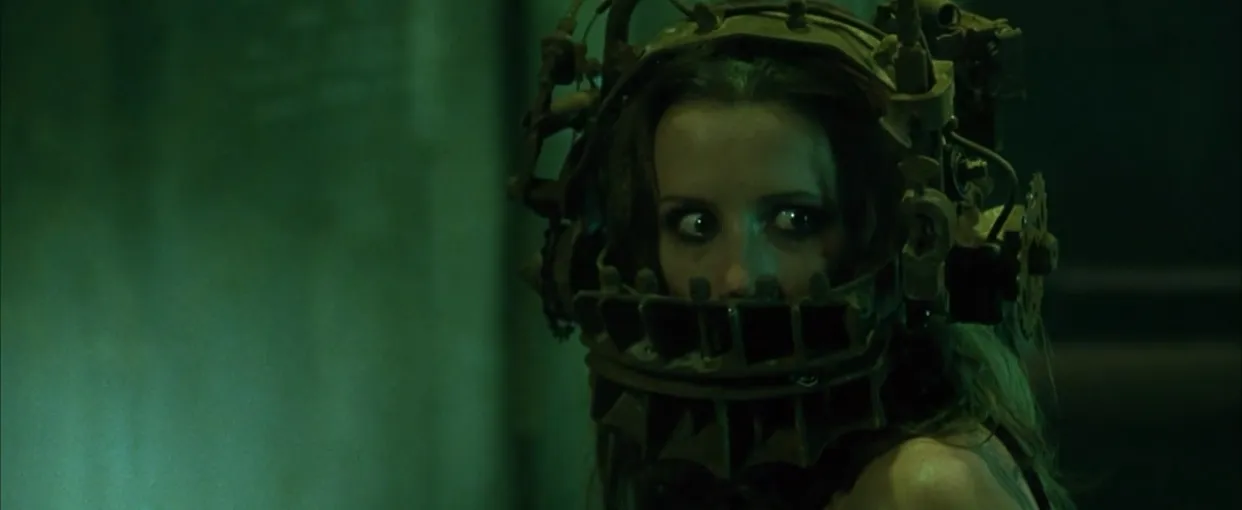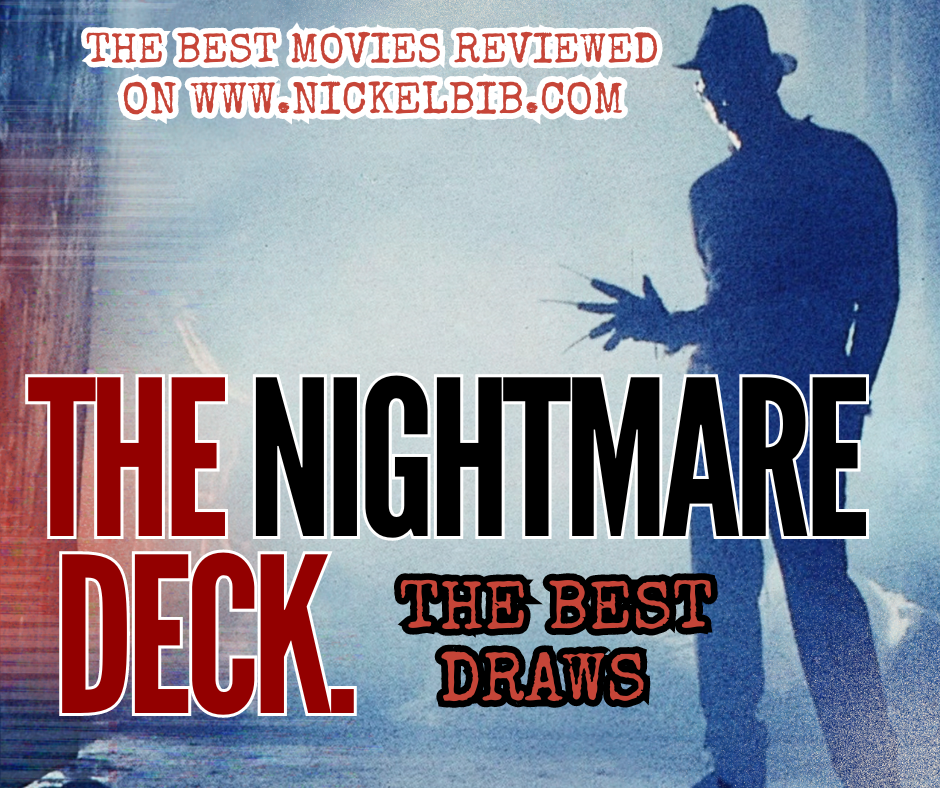When The Evil Within first arrived in 2014, myself and many others were very excited. Directed by Shinji Mikami, developer Tango Gameworks’ new survival horror appeared poised to replace the Resident Evil – shaped hole in our hearts left when Capcom’s Resident Evil 6 found itself unable to meet expectations. The Evil Within arrived and received a generally positive critical reception, although, unfortunately, not the caliber of acclaim many would’ve hoped. From my perspective, I recognized The Evil Within as suffering from its fair-share of flaws, whether it be dated graphics or the fact that bullets tended to magically traverse enemies instead of, you know, shooting them. That said though, I really loved The Evil Within, and played through the campaign on four separate occasions, enjoying the thematic elements, the memorable antagonists. I think The Evil Within, while not the action survival-adventure brought to us with Resident Evil 4, is one of the best pure horror video-games I’ve played. Suffice to say, I was very excited (and very, very surprised) when The Evil Within 2 was announced for release October 2017.
Set three years after The Evil Within, Sebastian Castellanos has left the Krimson City Police Department, but still finds himself troubled by the experiences he had in Beacon. After his daughter’s supposed demise in a housefire, his wife Myra leaves him, and Sebastian, left alone with his thoughts, resorts to alcoholism. That is, until his former partner and MOBIUS agent Juli Kidman contacts him and reveals that Lily is indeed alive and in need of his assistance. Told that Lily has been being used as the Core for a new STEM system called Union, Sebastian is plugged into STEM and tasked with locating his daughter.
Something I’ve noticed over the years I’ve spent as a fan of Resident Evil (a series Evil Within acts as a blood relative to) is how much they struggle on delivering characters and story-line on a thoughtful, genuine level. Part of the reason Resident Evil 6 was so often ripped apart is because the cinematic approach it took. Simply put, what I’ve noticed is that Resident Evil, like Evil Within, works best when it doesn’t try to bog down itself too much with humanities involvement in their world. Stick with the atmosphere and the game-play itself, everything else can afford to take a back-seat, because in Evil Within 2, from a storyline perspective, it can often feel more clichéd than what I’d like.
The Evil Within 2 plays a lot like its predecessor, although, it brings some new elements to the series we hadn’t seen prior. While Evil Within 2 isn’t an open-world survival-horror per se, it does have robust, nonlinear hubs that encourage exploration and occasional side-objectives. Although many might enjoy this aspect, the moments I found myself most immersed by were the more contained occurrences. The side-missions feel inconsequential and other-wise uninspired, but they’re enjoyable as well. Ultimately, I’d call it a standard open-world that may bring new elements to the series but brings nothing new to the genre itself. The game-play remains largely unchanged, as is the way you interact and face off against enemies. It remains enjoyable and there remains fun to be had, whether it be engaging enemies through stealth or a more direct approach. Like its predecessor, however, The Evil Within 2 suffers from a lack of polish. It’s difficult to accurately explain, but the shooting and its blend with the over-the-shoulder perspective feels awkward in a way that wasn’t felt in the Resident Evil video-games or even The Evil Within game prior. At least I didn’t have any issues with headshots failing to connect because shots went through the enemies, however.
Something I loved about The Evil Within is something largely missed in The Evil Within 2, and it’s the antagonists. Everything feels very conventional this time around. Even if the original may have suffered from different flaws, at least when The Executioner wreaked havoc, he commanded a certain presence, and when Ruvik wandered the library, he cast the shadow of a looming threat. In The Evil Within 2, one of the most distinctive characters seen is a character named Stefano, a deranged artist that desires to create art out of mutilating and posing his victims. If this sounds familiar to you, don’t worry, it’s because it’s a character that has been done, in some form, about a hundred times now.
Atmospherically, The Evil Within 2 remains on-point, even if it isn’t depicting imagery as uniquely imagined as I would’ve liked. The sound and music design suggest a robust grandeur that simply isn’t felt with what we’re experiencing with the game itself. I didn’t want to keep comparing The Evil Within 2 to its predecessor, because I wanted to be able to talk about it on its own merit, but it’s actually relevant to mention – my first favorite aspect of Evil Within 2 is a throwback made to its predecessor. From a structural standpoint, it can also be argued Evil Within 2 is more straightforward and simpler, answering the criticisms made about the first’s complicated, perhaps overzealous nature. In my opinion though, I found that abstract, surrealism added a lot to The Evil Within’s mystique. At its worst, The Evil Within 2’s story-line is predictable and cliché, at its best, it is enjoyably satiating and competent.
Evil Within 2 isn’t a bad video-game, however, it doesn’t offer very many unique, original ideas. It’s a follow-up that fails to match its predecessor and fails to make much out of its fantastic concept. It definitely has glimmers of inspiration sprinkled in, the Theodore Wallace character was interesting for what we saw of him, even if his philosophies seemed superficial, the Guardian (other-wise known as the big, chainsaw lady) encounters posed some enjoyable moments, and the song that closes The Evil Within 2 (which is also what was seen in the trailers) is one of my favorite songs in a video-game. Unfortunately, it simply takes things in a very different direction compared to the first, and this direction deviates drastically from what appealed to me, and the new direction only provides glimmers of what originally brought Evil Within to the dance.






GIPHY App Key not set. Please check settings